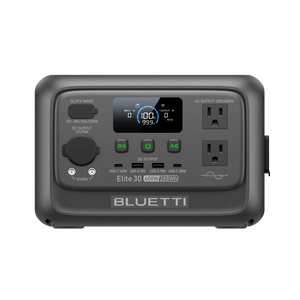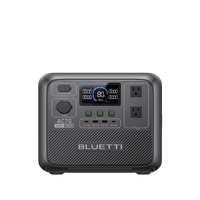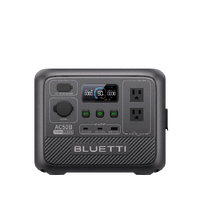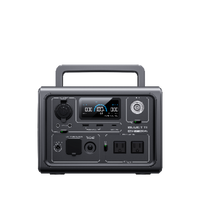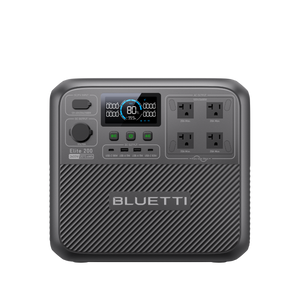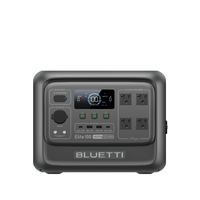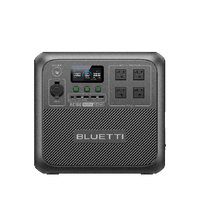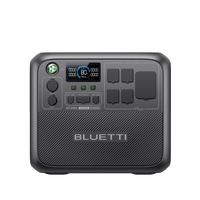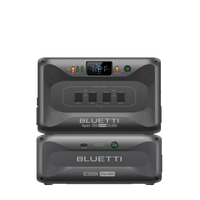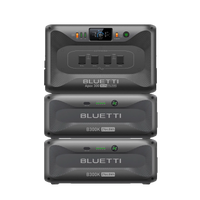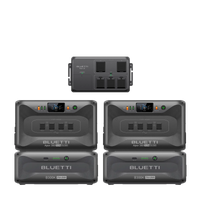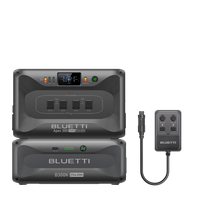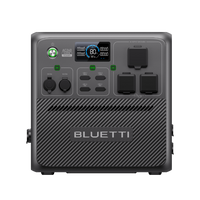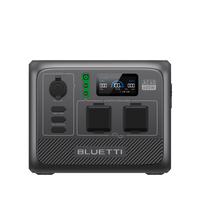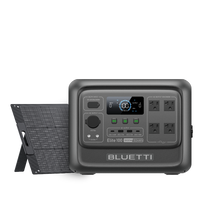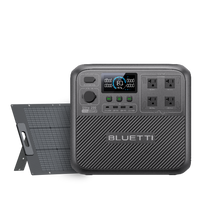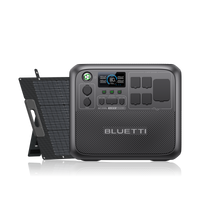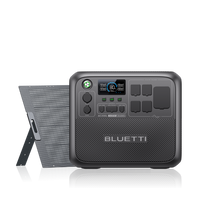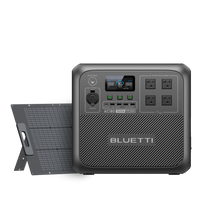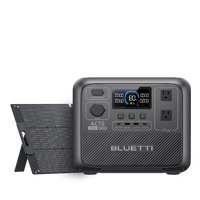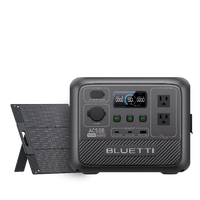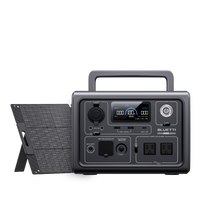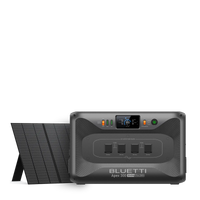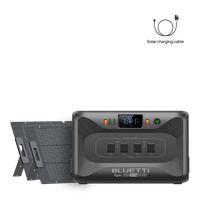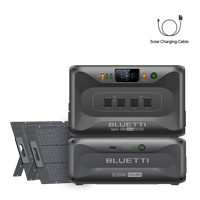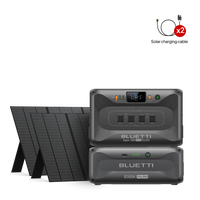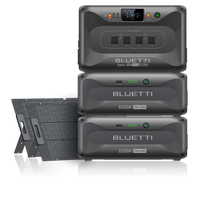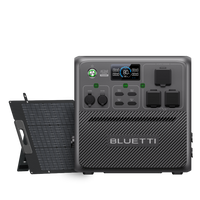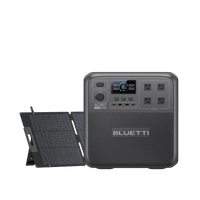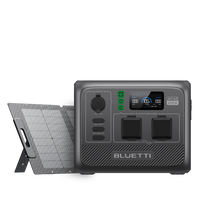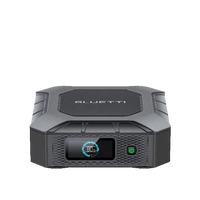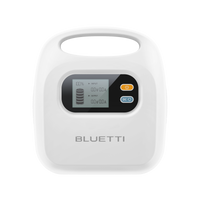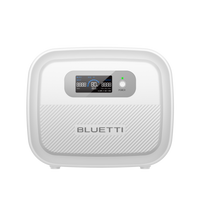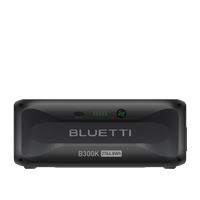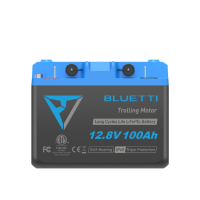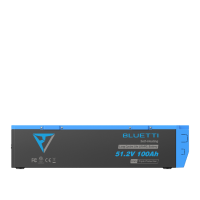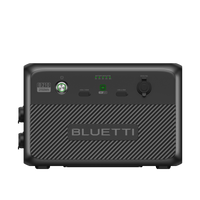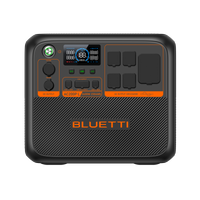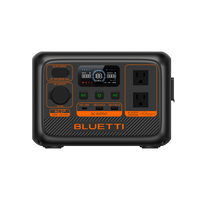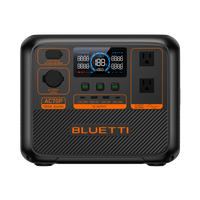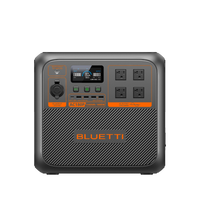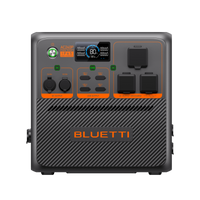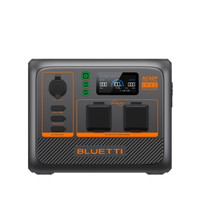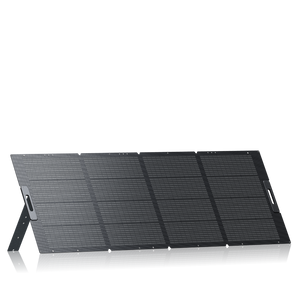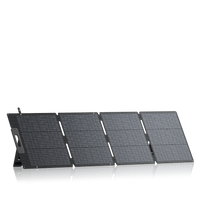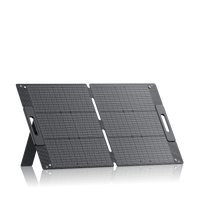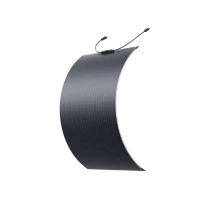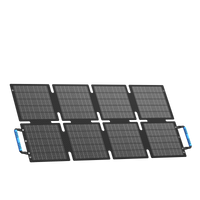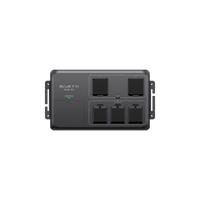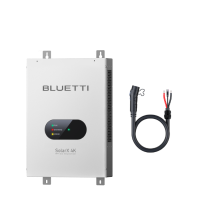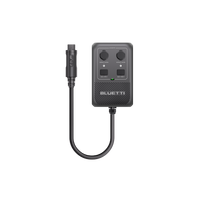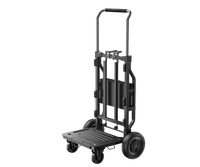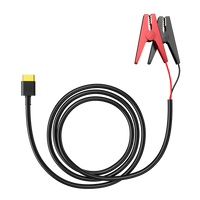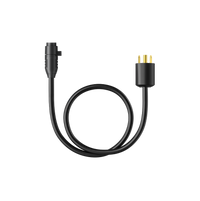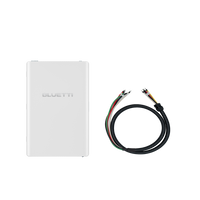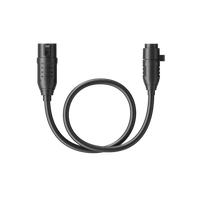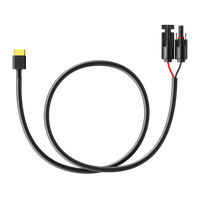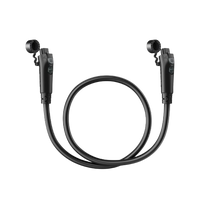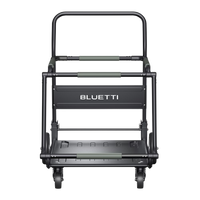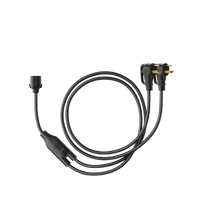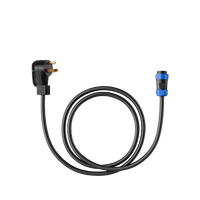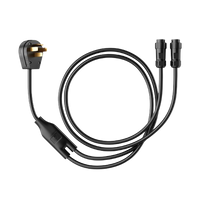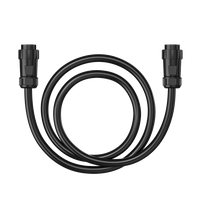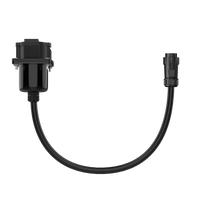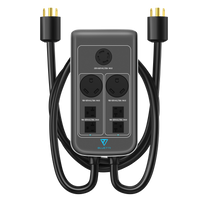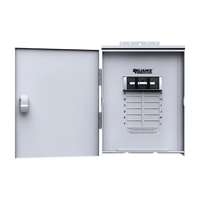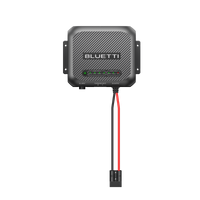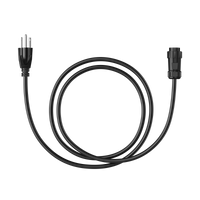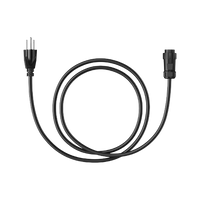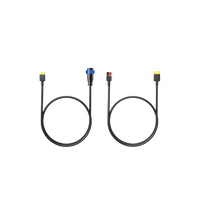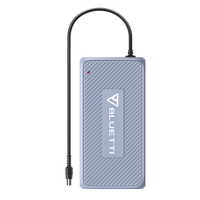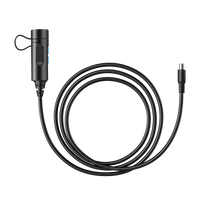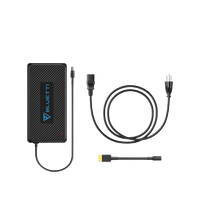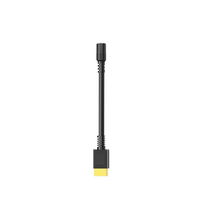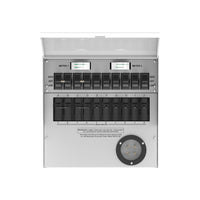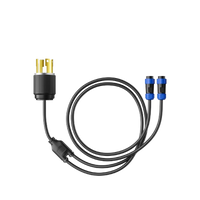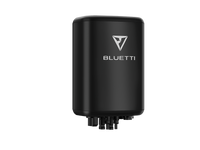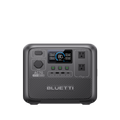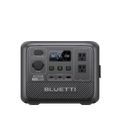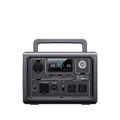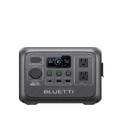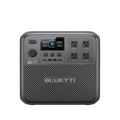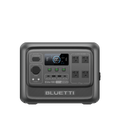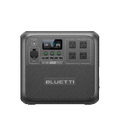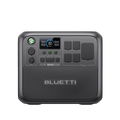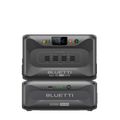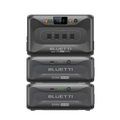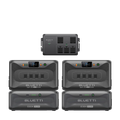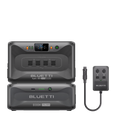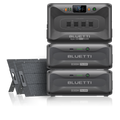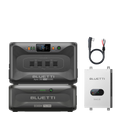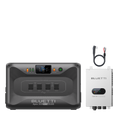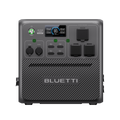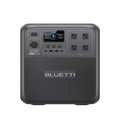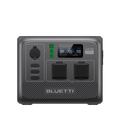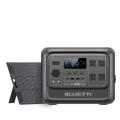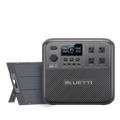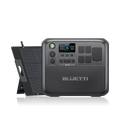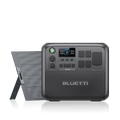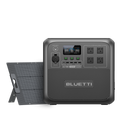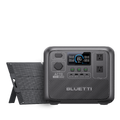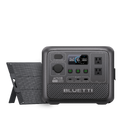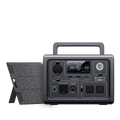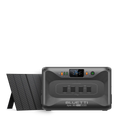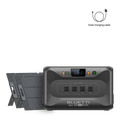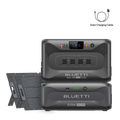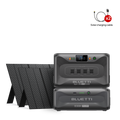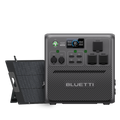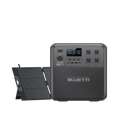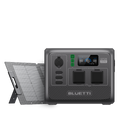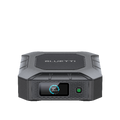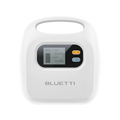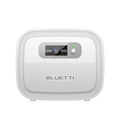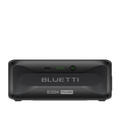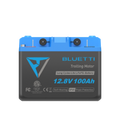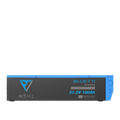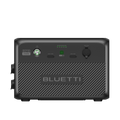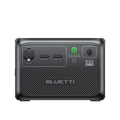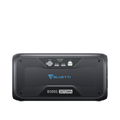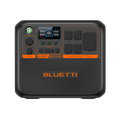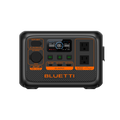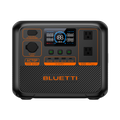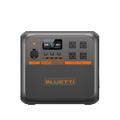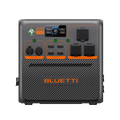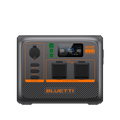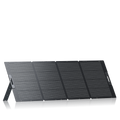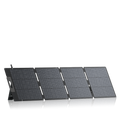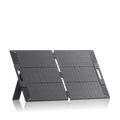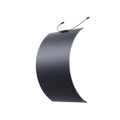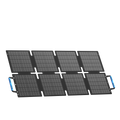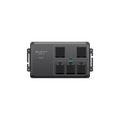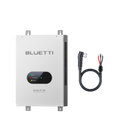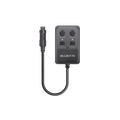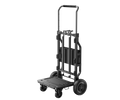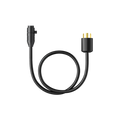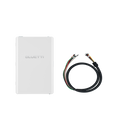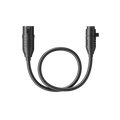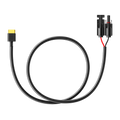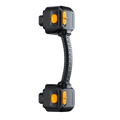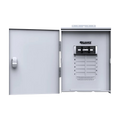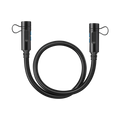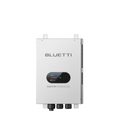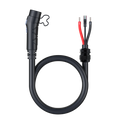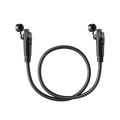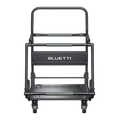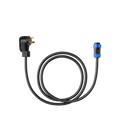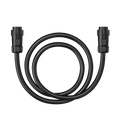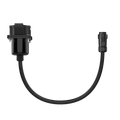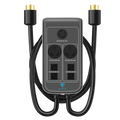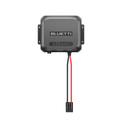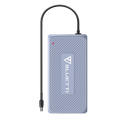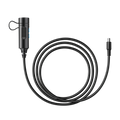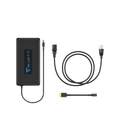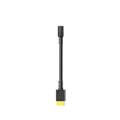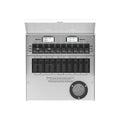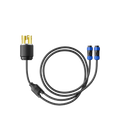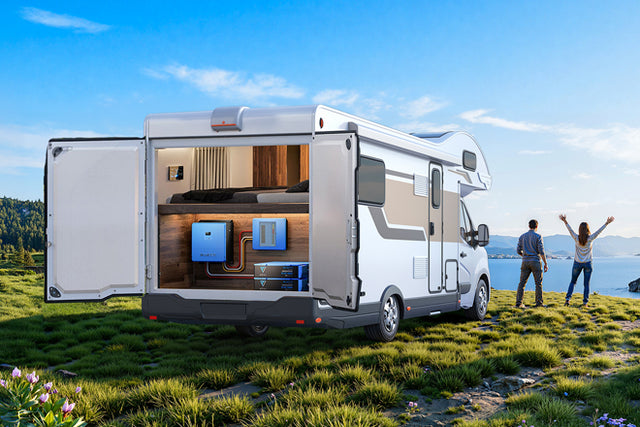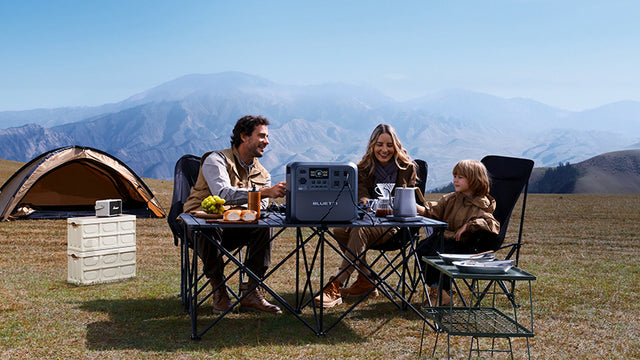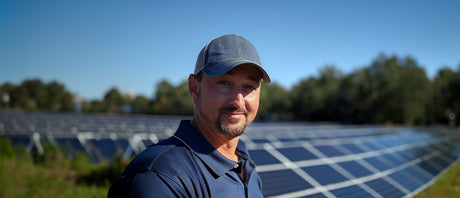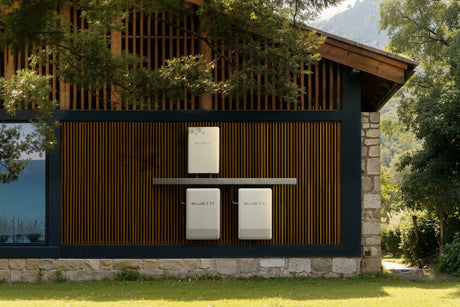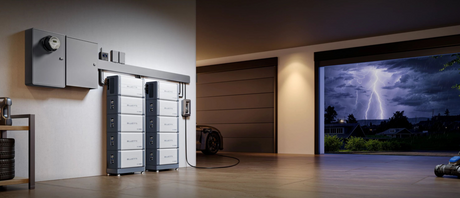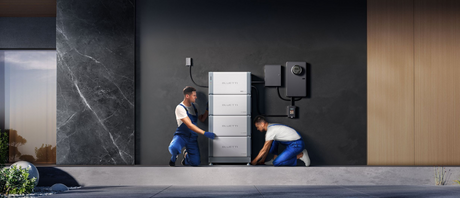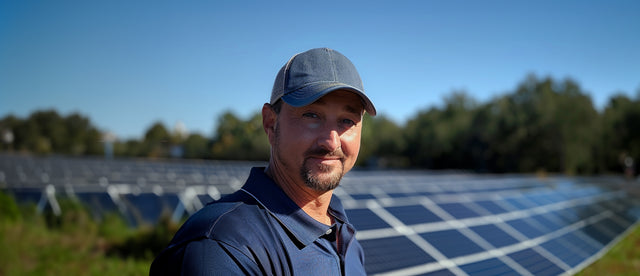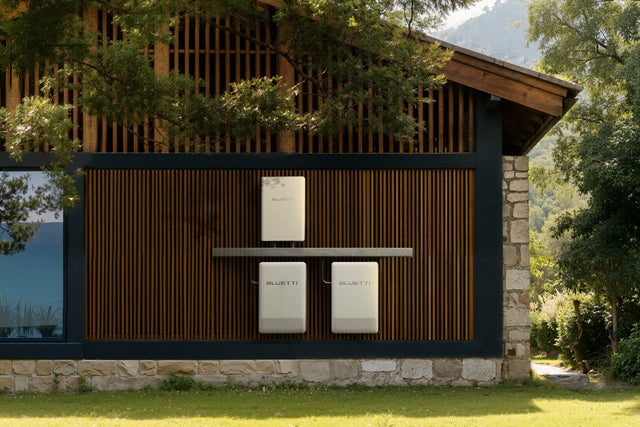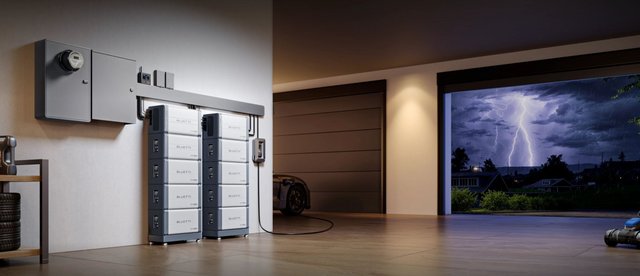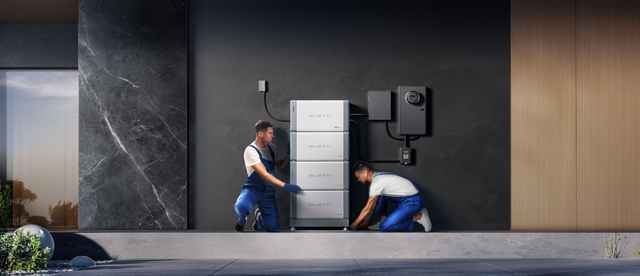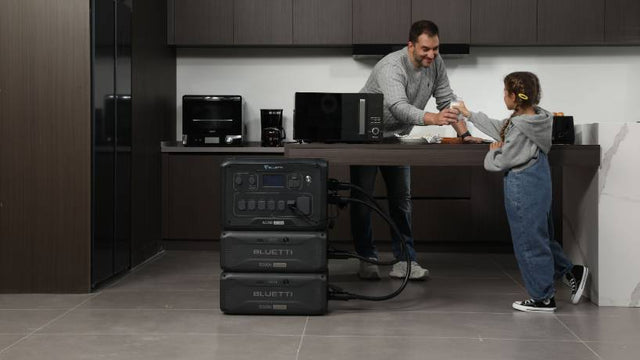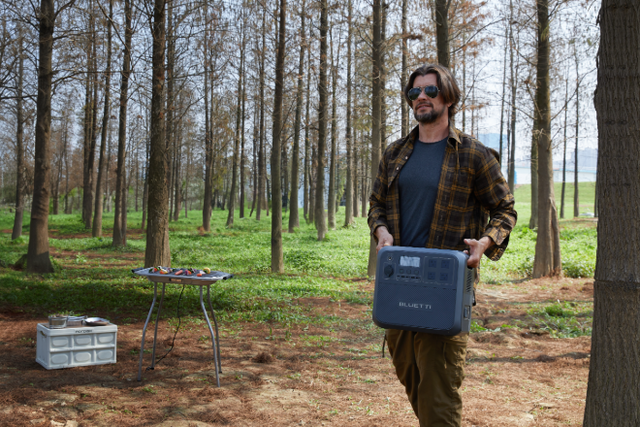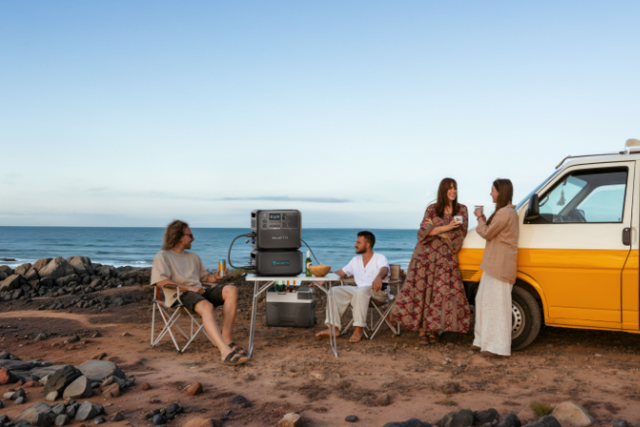Your cart is empty
Shop our productsThinking of installing a solar system in your home? You've researched and found the best solar company options for you, like the BLUETTI PV200 Solar Panel with its 23.4% efficiency, long-lasting ETFE coating, and durability. However, you find yourself asking, how many watts does a house use?
You want to know how many watts all your appliances and devices take to decide on the best option and size you will need. Plus, it will tell you how many watts of electricity you will save with a robust solar system. This article will give you an answer.
Energy Assessment Terminology You Need to Know
To assess how many watts does a house use, we need to know all the energy assessment terminologies that are used to quantify electricity. Once you know these terms, you will better understand how many watts does a house use.
Volts (V): It’s basically the speed of electricity passing through a circuit and determines how much electricity an appliance needs to operate.
Amps (A): A measure of the actual electricity flowing through a circuit, ampere help to know how electricity flows in an appliance.
Watts (W): It’s the rate at which electricity is used, and we get watts or wattage by multiplying volts with amperes. 1 kilowatts equals 1000 watts, and kilowatts is a commonly used electricity metric.
Kilowatt-hour (kWh): Electric consumption over time; a kilowatt is how your electricity bill is generated. For example, if a device uses 1 kilowatt in an hour, it’s using 1 kilowatt-hour of electricity.
British Thermal Unit: It’s a measurement of heat or energy, and 1 BTU is the amount of energy we use to increase by 1 Fahrenheit of 1 pound of water. It’s important to know the energy consumption in HVAC systems.
There are many other terminologies, but these are basic ones you need to know about because appliances come with volts or ampere readings (if wattage isn’t present), and our bill comes in kilowatt-hour.
Factors that Influence How Many Watts a House Use
Several factors determine how much watts a house uses.
Type and Number of Appliances

How Many Watts Do Household Appliances Use?
| Appliance | Average Power Consumption (Watts) | Usage per Day (Hours) | Energy Consumption per Day (kWh) |
|---|---|---|---|
| Refrigerator | 150 | 24 | 3.6 |
| Washing Machine | 500 | 1 | 0.5 |
| Dishwasher | 1200 | 1 | 1.2 |
| Oven | 2400 | 1 | 2.4 |
| Microwave | 1000 | 0.5 | 0.5 |
| Television | 100 | 5 | 0.5 |
| Computer | 150 | 4 | 0.6 |
| Air Conditioner | 2000 | 4 | 8.0 |
| Ceiling Fan | 70 | 8 | 0.56 |
| Water Heater | 3000 | 2 | 6.0 |
| Iron | 1200 | 0.5 | 0.6 |
| Hair Dryer | 1500 | 0.2 | 0.3 |
| Toaster | 800 | 0.2 | 0.16 |
| Vacuum Cleaner | 1000 | 0.5 | 0.5 |
| Blender | 300 | 0.1 | 0.03 |
| Coffee Maker | 1000 | 0.2 | 0.2 |
| Electric Kettle | 2000 | 0.1 | 0.2 |
| Lighting (LED bulbs) | 10 | 5 | 0.05 |
| Heater | 1500 | 4 | 6.0 |
| Clothes Dryer | 2500 | 1 | 2.5 |
Daily Energy Requirement and Savings Calculation
The total daily energy consumption for the above appliances is calculated as follows:
Total Daily Energy Consumption: 33.99 kWh
If you install a 10kW Solar Battery, which typically stores around 10 kWh of energy, you can save the equivalent amount of electricity daily. This means you would reduce your reliance on the grid, especially during peak times or at night, by approximately 10 kWh per day.
Daily Electricity Saved: 10 kWh
By utilizing a 10kW Solar Battery along with your solar system, you could potentially reduce your electricity bill significantly by offsetting your grid consumption with stored solar energy.
If your home has more electrical appliances and you use them frequently, your house’s watt usage will be higher. Moreover, different types of appliances consume electricity at varying rates, and the types of appliances also determine how many watts a house uses.
If you use energy-consuming appliances like washing machines, central air conditioning, etc., your energy consumption will be high. Plus, the efficiency of these appliances is also a factor.
Size Family & House
If your family is small, like 1-2 people, fewer appliances will be used, so the watts a house consumes will also be lower. However, for a bigger family of 10+ people, HVAC systems and other appliances will be used more often.
Moreover, if you live in a bigger house with multiple outlets, more appliances will be plugged in, and you will require more energy to light, heat, and cool your home. Larger houses also have more HVAC zones. Just the same, a smaller house consumes less power.
How Often You Use Appliances
If you’re using your electrical appliances more often at home, it will impact how many watts does a house use. Instead of using high-energy eating appliances like a dishwasher every so often, just use it once when it is full. You have to work with the other people in your house to coordinate to save energy costs.
Your Geographical Location
Does your weather run hot and cold? When your heating system is always in full blast, it’s bound to impact your bill. Not cold, but extremely hot? Well, your AC isn’t going to pay itself. Where you live determines the watts your house uses, and you may need to use HAVC systems more often than people living in moderate zones.
How Many Watts Does an Average Home Use in 2023?
The Energy Information Administration (EIA) states the average electricity a US house takes is 10,417 kWh to 10,632 kWh (kilowatts-hour) per year. If we break it down, a US residence uses an average of 29,180 watts or 29 kWh per day and 868 kWh per month.
Furthermore, your watts usage depends on different factors like what type of appliances you use, where you live, how often you use appliances, etc. All these factor into how many watts does a house use.
You need to understand the watts different appliances consume to cut down on your electricity costs. All these readings are watts per hour.
-
Basic House Appliances
These types of devices are found around the house and don’t use too much wattage.
Lights: Modern LED consumes about 8-15 watts, while 100 incandescent bulbs use 100 watts.
Television: Depending on the size and other factors, the watts TV consumes around 50-200 watts.
Wi-Fi: Most routers use 5-20 watts, usually just 6 watts, to run.
Computer: On average, desktop computers use 60-250 watts per hour, while laptops use 15-45 watts.
Phone Charger: It uses 3-7 watts when charging a phone, and when not in use, it can use as low as 0 to 3 watts.
-
Kitchen Appliances
Kitchens have appliances like fridges that stay on 24/7, and others like ovens are only turned on for a specific period of time and take larger starting voltages.
Refrigerator: An average size refrigerator uses around 150-400 watts, while a larger one may use up to 800 watts.
Microwave: A typical microwave uses energy between 600 to 1200 watts. However, high-powered residential microwaves or commercial ones consume up to 1800 watts.
Oven: An oven can use around 3000-5000 watts depending on use. Electric stoves use an average of 3000 watts, while a domestic electric oven usually consumes around 1500 watts.
Coffee Maker: Consumes around 800-1400 watts.
Dishwasher: Usually, it uses 1200-1500 watts, but if you often use features like ‘heated dry,’ it can increase.
-
Laundry Appliances
While laundry appliances, like washing machines, use up a hefty bit of your electricity, your monthly bill depends on your washing schedule and when you plug in the machine.
Washing Machine: Typically, washing machines use 300-500 watts, but it can spike to 1000-1400 for cycles that require water heating, high-speed spinning, etc.
Dryer: It can consume between 2000-6000 watts; on average, dryers use 3000 watts. Who knew dryers were so power-hungry? Yikes!
-
Heating & Cooling Systems
In winter, we need heaters and hot water, and in summer, we can’t live without AC. So, it’s not surprising that HVAC uses most of our electricity. Yes, even more than a dryer.
Central Air Conditioning System: Typically, it uses around 3500 watts, but depending on size, the cooling capacity, and energy rating, the system can use between 2000-5000 watts.
Window AC Unit: Based on the size of the unit, these can use around 500-1500 watts.
Water Heater: It can consume between 3000-45000 watts.
Space Heater: Usually, they consume around 1500 watts for both heat and safety reasons.
These are the most common household appliances that most homes have. You can only understand how many watts a house uses if you know the watts per hour your devices consume.
Energy-Saving Tips and Strategies
With some tips and strategies, you can drastically reduce your house’s electricity cost and shift to a greener and more sustainable solution.
Use ENERGY START Labeled Appliances
Are you thinking of updating your ancient HVAC? Don’t think, act now! Nowadays, there are electrical appliances that come with a yellow ENERGY STAR® label. Appliances with this label are designed to use lower energy, and using these latest models can reduce your house’s energy consumption.
Proper Insulation of Your House
Most of the energy consumption in our home is due to cooling and heating systems. Proper insulation will drastically lower your electricity bill; that’s a proven fact. You should properly get your home’s insulation needs checked and update them.
Moreover, construction material also plays an important role. Older homes may be built with material that lets the heat or cold escape easily, so proper insulation is really important.
Make sure that there are no gaps. You can use weatherstripping or caulking around your windows and doors. Similarly, frequently check the insulation in your basement, attic, and walls, and regularly update it. When the house is properly insulated, you won’t need to spend extra on an HVAC system.
Utilize a Solar Generator
Want to go one up on saving energy? Why not try the BLUETTI AC200P + PV200 Solar Generator Kit? They are self-sufficient, environmentally friendly, and portal. These generators only use fuel when there is no sun or the battery has been all used up, and are a green energy solution. And this solar generator kit works great with a series of solar panels.

Once installed, they don’t need much maintenance; you just need to clean and regularly check to ensure efficient working. Moreover, using a solar generator with a solar panel will greatly reduce your electricity bill.
Add the BLUETTI AC200P solar generator to the mix, and you're officially off the grid! It has a 2000W AC Pure sine wave inverter, a 20000 Wh capacity, and is eco-friendly.
Tools and Resources for Energy Assessment
To know how many watts a house uses, you can use various online online tools and resources. These tools and resources give accurate electricity readings, tips on reducing waste, and more!
Home Energy Monitors: When connected to an electrical panel, these devices show which appliances in your house use how much energy. They also provide valuable insights into which devices use high power and when.
Kill A Watt Meters: If you want to find energy-hungry devices in your house, just plug the said appliance into the meter. And you’ll know energy consumption in kilowatts.
Infrared Thermometers and Camera: With these devices, you can determine from where heat is being lost and air is leaving the house. You can use this to pinpoint which spots need an insulation update.
Online Energy Audits Tool: Online tools like the U.S. Department of Energy’s Home Energy saver tool allow users to input all data about their homes and get personalized home energy-saving tips and techniques.
Final Thoughts
Now that you know how many watts a house uses, you can find out the energy consumption of your own. Moreover, you get down to long-awaited updates, like new insulation or new ENERGY STAR Label appliances.
Knowledge is power. Once you know how much energy your house consumes, energy terminologies, tips to save energy, and online tools to measure power, you're all set to go!
Shop products from this article
Be the First to Know
You May Also Like
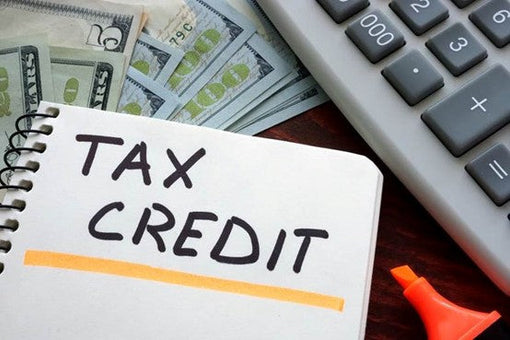
What Does a 30% Federal Solar Tax Credit Mean and How to Apply?
Governments around the world are offering programs that encourage homeowners to switch to solar energy. Among the most notable programs is the 30% Federal Solar Tax Credit. It reduces your...

Deadly Flooding Devastates U.S. South and Midwest — What You Need to Know

